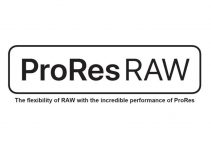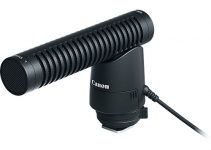In general, many filmmakers still underestimate the importance of audio. And, I’m not just talking about the process of properly recording voice overs in studio or talents’ voice on set.Often, there is not only misunderstandings about what are the right input levels that should be applied while recording a dialogue scene, but also what should be the optimal loudness of the final audio mix.
Setting the correct audio level is not just a matter of subjective evaluation anymore, however, the experience and skills set of our sound engineer still matter at most. Furthermore, there are certain standards specified by the European and US broadcast agencies already that will give us a clear idea what is a proper output audio level for different mediums. There are a couple of ways to accomplish proper loudness normalization of your audio files. You can do it manually in your DAW (digital audio workstation) or use a dedicated online service instead. In the video below Curtis Judd from learnlightandsound.com explains how to accomplish this task online using the Auphonic platform.
Ok, so once we know how to set the optimal loudness of our audio, we should explain what actually LUFS is. The European Broadcast Union (EBU), introduces the term LUFS, which is an abbreviation of Loudness Units Full Scale. There’s a pretty simple relationship between the new LUFS measurements and the loudness measurements we’re used to, like the good old RMS average levels. It is safe to say that one unit of LUFS is equal to one dB.
Furthermore, LKFS is an abbreviation of: Loudness K-weighted Full Scale, and one unit of LKFS is again equal to one dB as well. The LKFS term is used in the ITU BS.1770 standard and the ATSC A/85 standard also operates with this term. Despite the different names, LFKS and LUFS are identical. Both terms describe the same phenomenon and just like LKFS, one unit of LUFS is equal to one dB.
LKFS/LUFS are absolute measures, and depending on which broadcast standard is in use, the loudness target level could be e.g. -24 LKFS or -23 LUFS. However, in order to aim for a more ‘traditional number’, a relative measure has been defined: Loudness Units (LU). Now, the broadcaster can set the target level (regardless of whether it is -23 or -24) to 0 LU, and again, one LU is equal to one dB. Many of the contemporary DAWs have already dedicated Loudness Meters as an option. Here is another great step-by-step video tutorial by Curtis Judd who explains how to set optimal loudness levels manually in Adobe Audition.
As a rule of thumb broadcast standards are almost the same in the different regions and only vary slightly. For instance, the ATSC A/85 standard recommends a target of -24 and uses the LKFS term, whereas the EBU R128 standard sets the target level at -23 and uses the LUFS term.
In general, audio for online streaming could be louder and more compressed, however you should be extra cautious and try to avoid clipping, thus giving your audience the best possible experience while watching your videos.
Disclaimer: As an Amazon Associate partner and participant in B&H and Adorama Affiliate programmes, we earn a small comission from each purchase made through the affiliate links listed above at no additional cost to you.




